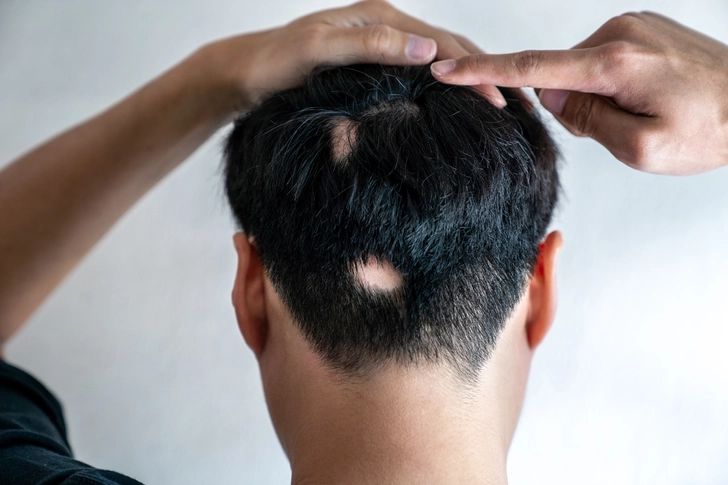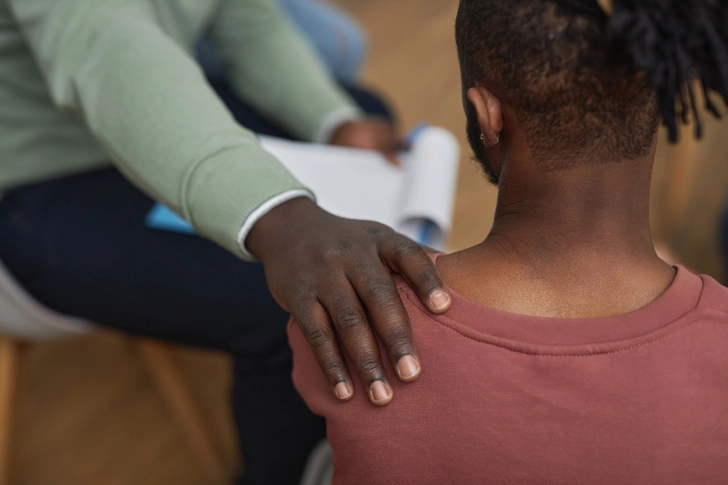Alopecia Areata: Symptoms, Causes, and Treatments


Understanding Alopecia Areata
Alopecia areata is an autoimmune disorder that causes hair loss in patches. It can affect anyone and often starts suddenly. Alopecia areata is believed to be triggered by stress, environmental influences, and genetic factors such as a family history of autoimmune diseases like asthma or thyroid issues. While it may be distressing, learning about alopecia areata is the first step in taking control of your hair health journey.

Recognizing the Signs
Hair loss from alopecia areata typically appears as round, smooth patches on the scalp. You might also notice hair thinning or loss on other parts of your body, such as eyebrows or eyelashes. Sometimes, the hair may regrow and fall out again. If you notice these symptoms, it's essential to consult a dermatologist for a proper diagnosis. Early detection can help you explore treatment options more effectively.

Exploring Treatment Options
While there's no cure for alopecia areata, various treatments can help manage symptoms and promote hair regrowth. Options include topical medications, oral treatments, and injections. Your doctor might recommend corticosteroids to reduce inflammation or minoxidil to stimulate hair growth. Remember, treatment effectiveness varies from person to person, so work closely with your health care provider to find the best approach for you.

Coping With Emotional Impact
Hair loss can affect your self-esteem and emotional well-being. Consider joining a support group or speaking with a therapist who specializes in chronic conditions. Connecting with others who share similar experiences can provide comfort and practical advice.

Exploring Hair Alternatives
While managing alopecia areata, you might want to explore hair alternatives. Wigs, hairpieces, and scalp prostheses can help you feel more comfortable and confident. Many options look natural and are designed for comfort. Scarves and hats are stylish alternatives that can protect your scalp from sun exposure. Experiment with different styles to find what works best for you and makes you feel most like yourself.

Living Well With Alopecia Areata
Living with alopecia areata doesn't mean giving up on a full, active life. Focus on overall health by maintaining a balanced diet, managing stress, and getting regular exercise. Talk to your health care provider regularly to stay informed about new treatments and research developments.
PHOTO CREDITS:
Slide 1 - eldar nurkovic / Shutterstock
Slide 2 - Suthikait Teerawattanaphan / Shutterstock
Slide 3 - Yulyazolotko / Shutterstock
Slide 4 - SeventyFour / Shutterstock
Slide 5 - Yavdat / Shutterstock
Slide 6 - Ljupco Smokovski / Shutterstock
SOURCES:
Cleveland Clinic: “Hair Loss Treatments.”
Cleveland Clinic: “Is Biotin as Good as Advertised for Your Hair Loss?”
Dermatology and Therapy: “Self-Assessments of Standardized Scalp Massages for Androgenic Alopecia: Survey Results.”
ePlasty: “Standardized Scalp Massage Results in Increased Hair Thickness by Inducing Stretching Forces to Dermal Papilla Cells in the Subcutaneous Tissue.”
Johns Hopkins Medicine: “Hair Loss.”
Journal of Cosmetic Dermatology: “Implications of cigarette smoking on early‐onset androgenetic alopecia: A cross‐sectional Study.”
Life Sciences: “Muscle sarcomas and alopecia in A/J mice chronically treated with nicotine.”
Mayo Clinic: “Hair loss.”
National Institutes of Health: “Biotin.”
Toxicological Research: “Hair Growth-Promoting Effects of Lavender Oil in C57BL/6 Mice.”
Toxicological Research: “Peppermint Oil Promotes Hair Growth without Toxic Signs.”